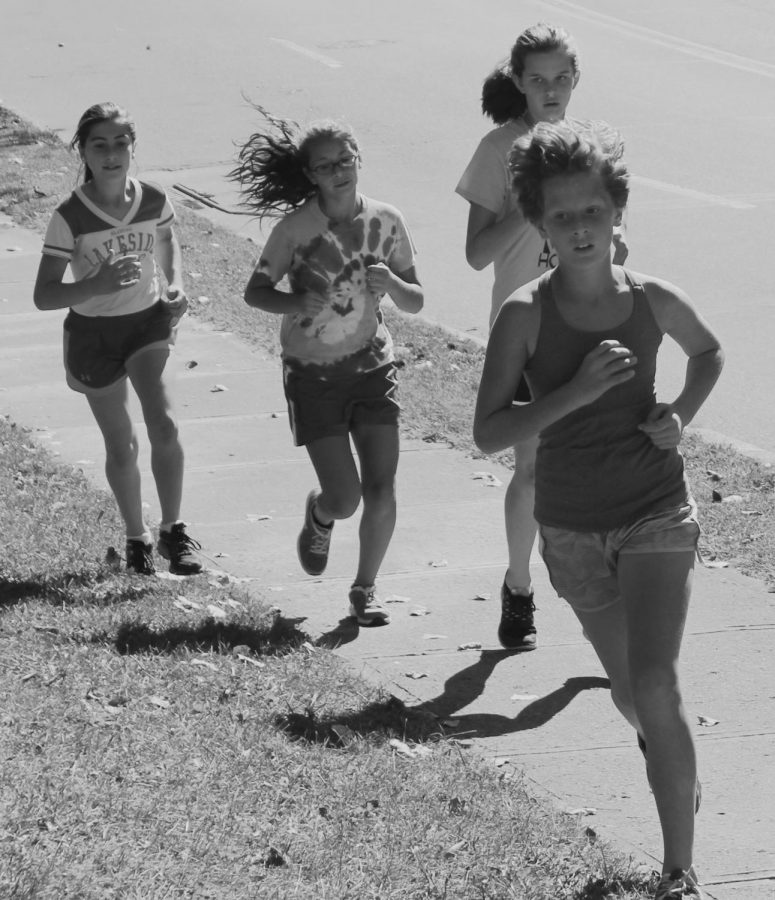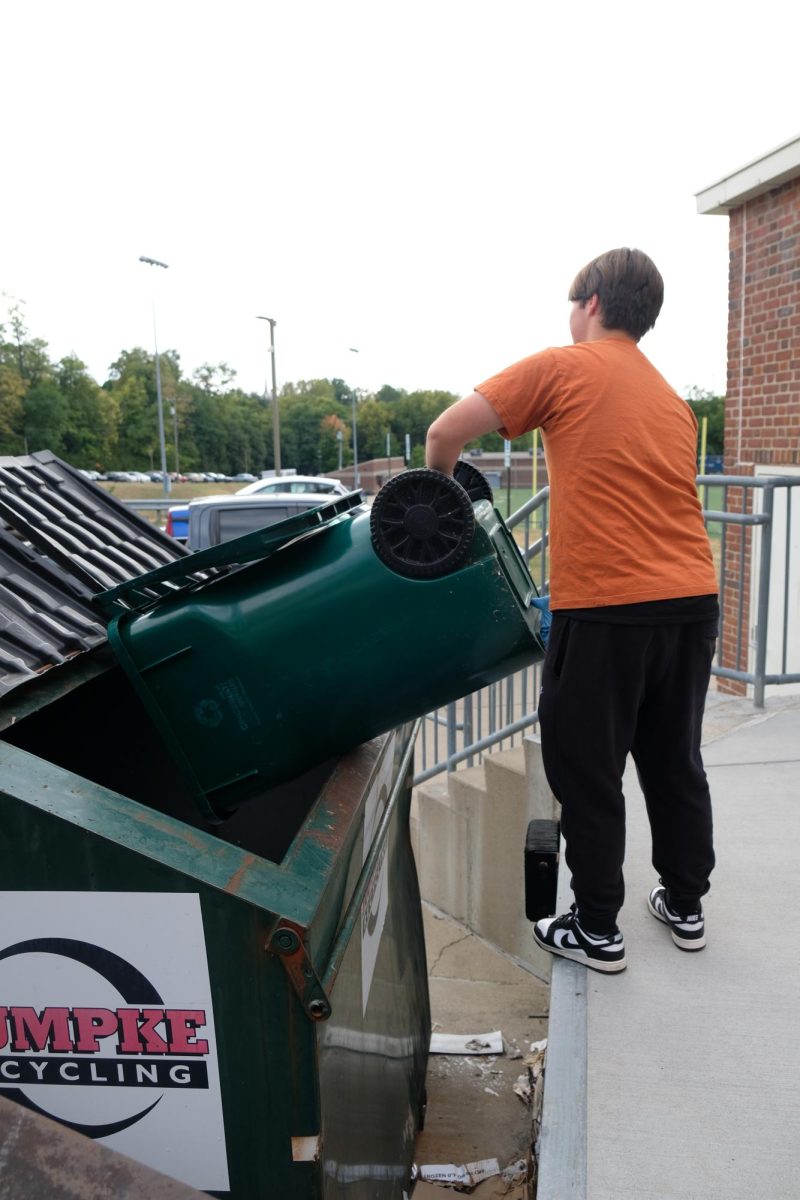Cross Country Catcalling Crisis
November 21, 2017
“Hey, nice a***s, ladies!” A man yells from across the street at a group of female runners. The girls continue running, showing almost no reaction. One of the girls mutters “ew” and the others agree. They keep running; they are used to shouts like these.
Catcalling: an offense that can potentially happen to anyone. This includes the girls on the WHHS cross country team, who get catcalled on an almost daily basis.
“It’s a shared experience. Pretty much every girl on this team has been catcalled. Last year, I was a captain and I was with younger girls and I [was] like, ‘This isn’t how the world is supposed to be, guys,’” SENIOR Essenam Lamewona said.
The Merriam-Webster Dictionary defines a catcall as a “loud, sexually suggestive call or comment directed at someone publicly, as on the street.” A catcall is more than just a shout; it degrades the person it is aimed at.
“It makes you think about what you look like and it makes you second guess yourself and your personality and your looks,” Caroline Meyer, ’21, said.
In a nationally representative study conducted by Stop Street Harassment in 2014, 65% of the women had experienced street harassment, including 23% who had been sexually touched and 20% who had been followed. For men, 25% had experienced street harassment, especially more in the LGBT community.
Catcallers often defend themselves by saying that their remarks are just compliments. This justification can cause some victims to feel as if they deserve to be harassed or that they should accept catcalling as a normal part of life.
“A catcaller doesn’t really treat you like a person or someone out doing an active thing, like walking or running,” Charlotte Adams, ‘21, said. “They just are calling out parts of your body and it’s not even a compliment, it’s just objectification.”
“A compliment makes you feel good inside…catcalls make you feel like an object. They make you feel like you’re something that’s only there for the pleasure and enjoyment of other people and that you don’t have any role outside of that,” Maddie Schade, ‘19, said.
Most of the time, catcallers are aware that they will not receive a positive response. They simply yell because they can, thus, catcalling is a show of dominance.
A common problem is how someone should respond to catcalls. Victims could respond with a thank-you, a snide retort or not at all. However, the situation is not that simple. Catcallers place victims in a dangerous position because the intentions of the catcallers are unknown. Any response could trigger a worse reaction: 1. The catcaller could become upset and shout increasingly harmful insults or threats, or 2., The catcaller could follow or assault the victim. The list of things that could happen constantly grips the victim’s mind.
Catcalling is the tip of the iceberg when it comes to street harassment. Women have been followed, threatened, groped, raped and in some extreme cases killed. Men are far more likely to pursue acts of violence against women.
“It goes to a deeper issue in society of respecting other people and respecting men and women for who they are as people,” cross-country coach Joe Kowalski said.
While many people do not consider catcalling a major issue, it burdens many people, especially women. For the WHHS girls cross country teams, catcalling will continue to compromise the girls’ safety and well-being.
“It happens so much that it’s gotten to a point where we almost don’t react, which is really sad. We shouldn’t just let it become normal because it’s not normal and it’s not okay,” Schade said.







